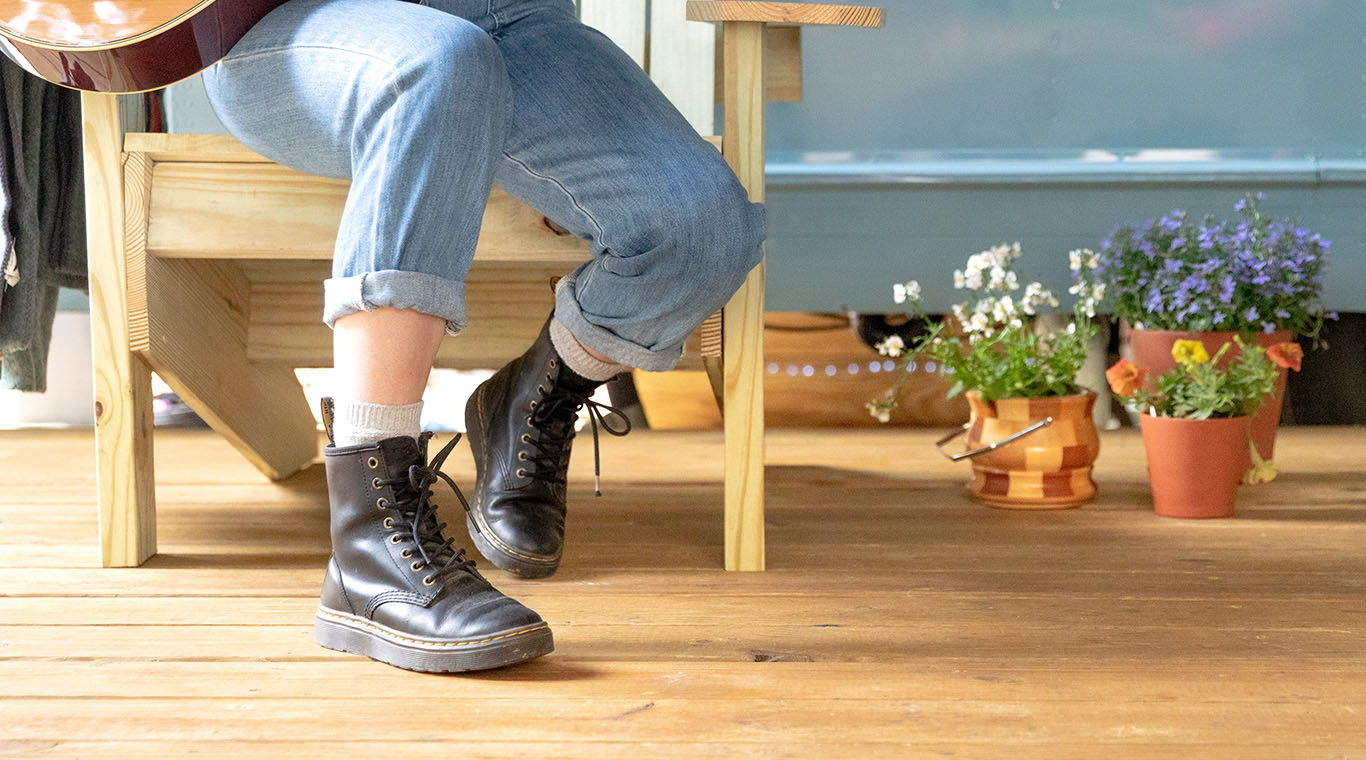
Understanding Lumber Grades
Remember...Nothing Great Comes That Easy
While creating the ultimate backyard is a rewarding and fun experience, it’s not without its frustrations. It can sometimes be difficult communicating your vision to your contractor or designer even with visual references. Learning a little about wood grades can go a very long way to establishing appropriate expectations, minimizing miscommunications, and eliminating potential frustrations.
Making the Grade
Perhaps the number one thing homeowners need to understand is that lumber grades are not assigned by the treater. They’re graded at the sawmill where the logs are cut. And the focus of these grades is primarily on the strength of the board. That’s it. So it’s not surprising that something is lost in translation from the sawmill to the backyard when it comes to homeowners’ expectations.
Breaking it Down
The easiest way to think of lumber grades is to think of three different tiers of quality: Good, Better, and Best. These tiers will not only help you judge the strength of your decking materials, but also level-set your expectations on appearance, maintenance, and performance. Here are a few characteristics of each:
Good
These are usually grades Number 1 and Number 2 and are most commonly carried on local lumberyard racks. They have good strength ratings, but will also come with more imperfections like larger knots, rounded bark edges, and some bowing or slight twisting. Number 1 will have fewer knots than Number 2. These grades are great for the budget-conscious homeowner who doesn’t mind the imperfections and appreciates the rustic beauty.
Better
In this tier, you’ll find the Prime grade of Number 1 and Number 2. They feature the same strength properties, but the Prime grades provide more emphasis on appearance, namely in regard to the amount of bark on the edges. This category also features a popular product: 5-quarter deck boards. These boards are specifically milled for decking. There’s more emphasis on appearance, and they’re available in Standard and Premium grades (Premium has fewer, smaller knots).
Best
For homeowners who place a premium on backyard beauty, there’s either C and Better or Select Structural grade products. With these two grades you get the best in strength properties as well as a more pleasing appearance. Expect smaller and less frequent knots and almost no bark on the edges. Both of these grades are available in kiln-dried options (KDAT), which eliminates the waiting period to paint or stain commonly needed on “wet” lumber.
Find inspiration, building tips and ideas for your next project.
Download the Book